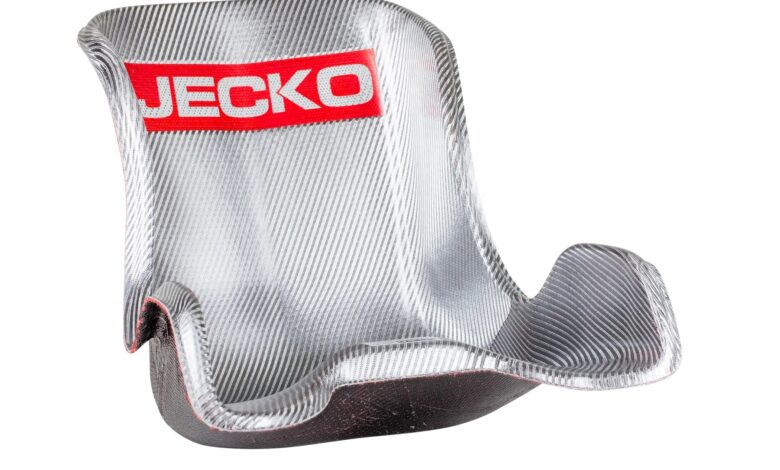How to Optimize Kart Seat Positioning for Maximum Performance

Kart Seat Positioning is a thrilling motorsport that demands precision, skill, and attention to detail. Whether you’re a seasoned racer or a newcomer to the track, optimizing your kart’s seat positioning can significantly enhance your performance on the circuit. In this guide, we’ll delve into the intricacies of seat positioning and how you can leverage it to maximize your kart’s potential.
Understanding the Importance of Kart Seat Positioning
Before delving into the nuances of Kart Seat Positioning, it’s crucial to understand why it matters in kart racing. The seat serves as the primary point of contact between the driver and the kart, playing a pivotal role in weight distribution, balance, and overall handling.
Optimal seat positioning allows drivers to maintain better control over their karts, enabling smoother cornering, improved acceleration, and enhanced stability. By fine-tuning your seat position, you can effectively leverage your body weight to optimize performance and gain a competitive edge on the track.
Finding Your Ideal Position
The first step in optimizing Kart Seat Positioning is finding your ideal placement within the kart. While there’s no one-size-fits-all solution, several factors should inform your decision:
- Comfort: Your comfort behind the wheel directly impacts your performance on the track. Experiment with different seat positions to find one that feels natural and allows for unrestricted movement.
- Balance: Achieving the right balance is crucial for maintaining stability and control during cornering. Your seat position should distribute weight evenly across the kart, preventing oversteer or understeer in critical moments.
- Visibility: Clear visibility is essential for anticipating turns, spotting competitors, and navigating the track with precision. Position your seat to ensure an unobstructed view of the racing line and surrounding obstacles.
- Center of Gravity: The center of gravity plays a significant role in kart dynamics, influencing handling and responsiveness. Position your seat to optimize the kart’s center of gravity, promoting agility and responsiveness without sacrificing stability.
Fine-Tuning Seat Position
Once you’ve identified a preliminary Kart Seat Positioning, it’s time to fine-tune your setup for maximum performance. Here are some strategies to consider:
- Experimentation: Don’t be afraid to experiment with different seat positions to gauge their impact on performance. Incremental adjustments can yield significant improvements in handling and lap times.
- Track Conditions: Adapt your seat position to suit the specific demands of each track. Tight, technical circuits may require a different setup than wide, sweeping tracks. Stay flexible and adjust your seat positioning accordingly.
- Feedback Loop: Pay close attention to feedback from your kart and the track surface. Vibrations, steering response, and tire grip can provide valuable insights into the effectiveness of your seat position. Use this feedback to make informed adjustments and refine your setup.
- Driver Preference: Ultimately, your comfort and confidence behind the wheel should dictate your seat positioning. Trust your instincts and prioritize a setup that allows you to perform at your best without compromising safety or control.
Optimizing Weight Distribution
Weight distribution is a critical component of seat positioning, influencing the kart’s handling characteristics and overall performance. By strategically distributing your weight, you can fine-tune traction, balance, and cornering dynamics.
- Forward vs. Rearward: Experiment with shifting your weight forward or rearward to optimize traction and stability. A forward-leaning position can improve front-end grip and reduce understeer, while a rearward position may enhance rear-end stability and traction.
- Side-to-Side Balance: Achieving optimal side-to-side balance is essential for maintaining consistent handling through corners. Adjust your seat position to ensure equal weight distribution across the kart’s chassis, minimizing body roll and maximizing grip.
- Cornering Dynamics: Fine-tune your weight distribution to optimize cornering dynamics. Shift your weight towards the inside of the turn to load up the outside tires, maximizing grip and minimizing understeer or oversteer.
- Braking and Acceleration: During braking and acceleration, your weight distribution can significantly impact stability and traction. Experiment with different seat positions to find the optimal balance between weight transfer and control during these critical phases of racing.
Safety Considerations
While optimizing Kart Seat Positioning is essential for performance, it’s equally important to prioritize safety on the track. Here are some safety considerations to keep in mind:
- Secure Installation: Ensure that your seat is securely mounted to the kart chassis to prevent shifting or dislodging during racing conditions. Follow manufacturer guidelines and inspect mounting hardware regularly for signs of wear or fatigue.
- Proper Restraints: Invest in high-quality racing harnesses or seat belts to secure yourself in the cockpit during high-speed maneuvers. Check harness tension and integrity before each session to minimize the risk of injury in the event of a crash or rollover.
- Helmet Fitment: Your helmet is your primary line of defense against head injuries on the track. Ensure that your helmet fits snugly and securely, providing full coverage and protection in the event of impact.
- Emergency Procedures: Familiarize yourself with track-specific emergency procedures and safety protocols. Be prepared to react swiftly and decisively in the event of an accident or mechanical failure, prioritizing your safety and the safety of others on the track.
Conclusion
Optimizing kart seat positioning is a nuanced yet rewarding endeavor that can unlock new levels of performance and precision on the track. By understanding the principles of weight distribution, balance, and driver comfort, you can fine-tune your setup to suit your racing style and preferences.
Remember, there’s no one-size-fits-all solution when it comes to seat positioning. Embrace experimentation, listen to feedback from your kart and the track, and prioritize safety above all else. With patience, practice, and a keen eye for detail, you can elevate your karting experience and compete with confidence at every turn.
For more info: Chassis Accessories
